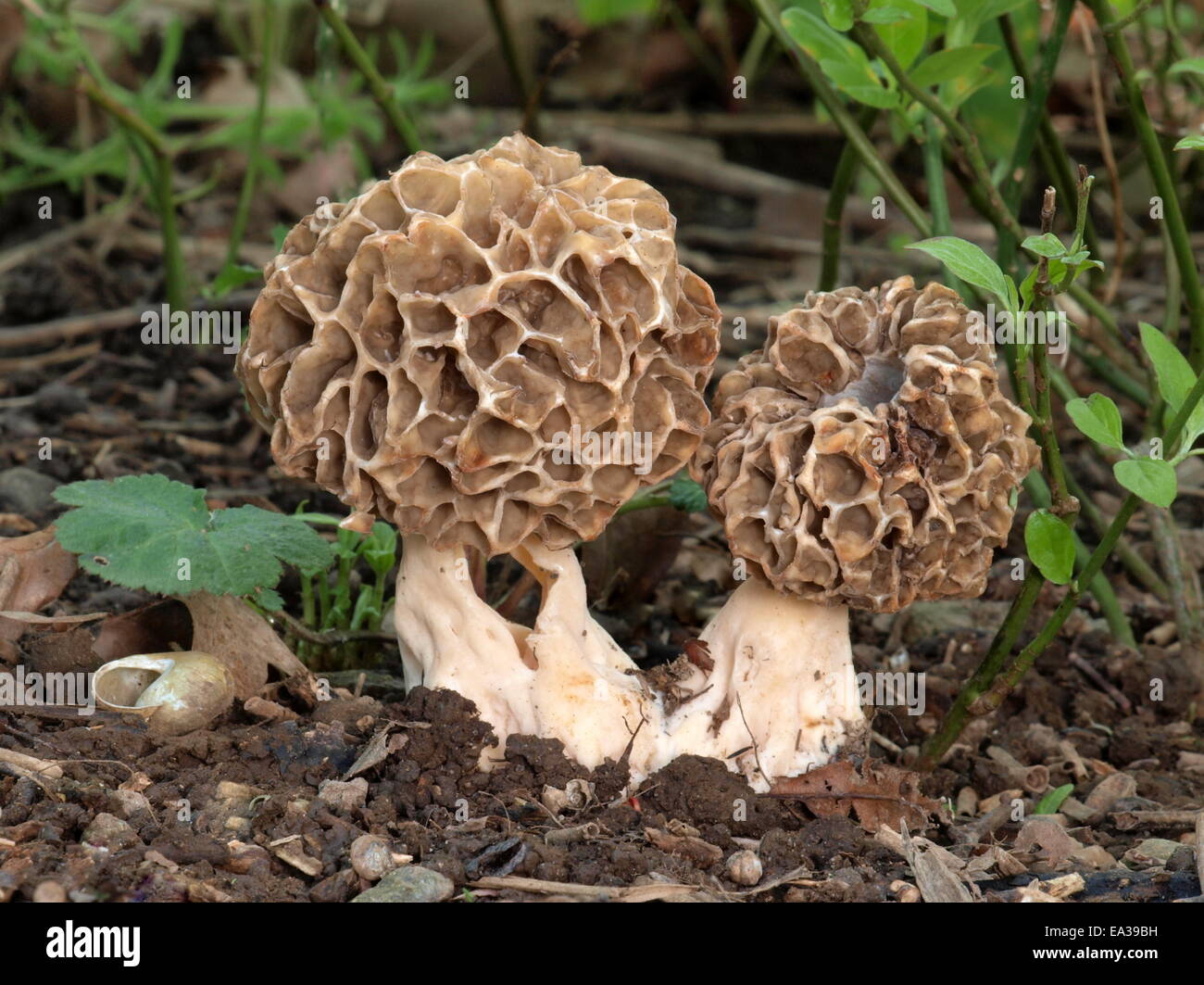
58 Experimental studies have shown that racialized stereotypical thinking impacts police officers decisions to use firearms but in significantly less or equal degree compared to the general public, which indicates that even though racism does play a role among law enforcement personnel, it is likely not more pronounced than in the surrounding environment. Therefore, we conclude that perception dominates personality in lethal force decision making when the threat assessment decision is limited to factors such as weapon presence or posture rather than emotion. Although there was a strong omnibus relationship between threat perception and the likelihood of a behavioral response, neither military training nor personality differences had any impact on threat perception or a binary (e.g., shoot/don't-shoot) behavioral response. Samples were recruited from combat-trained infantry, military recruits, and the civilian community to control for prior lethal force training. These measures were compared to threat perception and behavioral responses made to a variety of lethal force stimuli broadly categorized as clear threats, ambiguous threats, and clear nonthreats.

The current investigation examined multiple personality traits with the potential to influence lethal force decision making, including aggression, impulsivity, and the Big Five traits. However, personality-based factors have been less explored as to how they might affect either threat perception or behavioral responses in a lethal force decision. This simplified description implicates perceptual factors and individual differences in lethal force decision making, which ongoing research continues to address. The 2004–20–2008 reports were published in the IUCN/SSC PSG journal Primate Conservation, since then they have been published as independent publications.The use of lethal force is a combination of threat perception and individual judgment that sometimes warrants a behavioral response. The species text is written in collaboration with experts from the field, with 60 people contributing to the 2006–2008 report and 85 people contributing to the 2008–2010 report. That same year, the list began to provide information about each species, including their conservation status and the threats they face in the wild. Starting with the 2004–2006 report, the title changed to "Primates in Peril: The World's 25 Most Endangered Primates". The list has been revised every two years following the biannual Congress of the IPS. The 2018–2020 list was the first time Conservation International was not among the publishers, replaced instead by GWC. The publication was a joint project between the three conservation organizations until the 2012–2014 list when BZS was added as a publisher. The IUCN/SSC PSG worked with Conservation International (CI) to start the list in 2000, but in 2002, during the 19th Congress of the International Primatological Society, primatologists reviewed and debated the list, resulting in the 2002–2004 revision and the endorsement of the IPS.

The World's 25 Most Endangered Primates is a list of highly endangered primate species selected and published by the International Union for Conservation of Nature (IUCN) Species Survival Commission (SSC) Primate Specialist Group (PSG), the International Primatological Society (IPS), Global Wildlife Conservation (GWC), and Bristol Zoological Society (BZS).


 0 kommentar(er)
0 kommentar(er)
